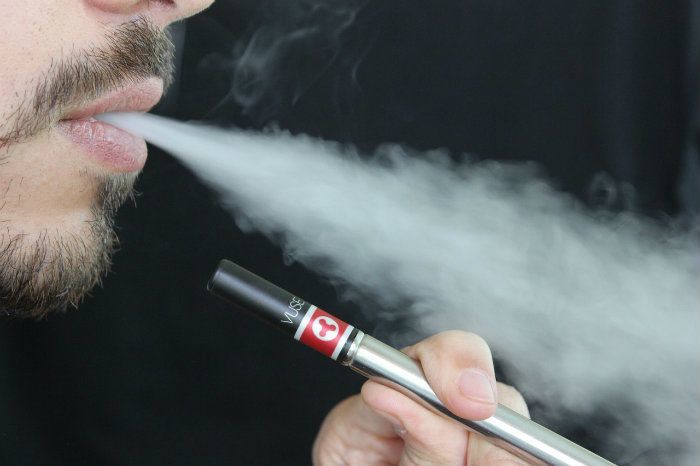The Truth About E-Cigarettes
Ever since E-cigarettes were introduced in 2004, their use, as an alternative to tobacco smoking, has grown significantly. However, facts concerning this novel smoking alternative are not vividly known thus, leading to widespread disagreement concerning their benefits or safety to users. What is already known about E-cigarettes is that they are deemed to be ‘safer’ than traditional cigarettes; nonetheless, findings should be interpreted thoughtfully and act as a pointer in rolling out this option to the harmful tobacco industry.
Supporters claim that E-cigarettes are possibly less hazardous compared to traditional cigarettes and also when it comes to receiving help to quit tobacco smoking. On the other hand, opponents say that their safety is not yet proved; furthermore, it is rather soon to realize the effects of ‘vaping’ over an extended period. However, the information below entails a review of at least fifty research findings that you should know about e-cigarettes.

How E-cigarettes Work
An E-cigarette is typically battery-operated and has a cartridge of E-Cig juice which normally contains the chemical propylene glycol and nicotine. You can choose from a variety of the e-cig juice flavors such as watermelon and cola, which a number of people say are intended to appeal to younger users. When using the e-cigar, users inhale a vaporized form of the juice in the cartridge, which is produced by a battery-powered atomizer.
Apart from those nuts and bolts, e-cigarettes differ on the basis of the model, ingredients, and features like battery voltage. As a result, drug administration and regulatory bodies are devising ways to regulate e-cigarettes even though proponents of e-cigarettes oppose this plan.
There Is A Nicotine Concern
The Juice contained in e-cigarettes comes in different quantities of nicotine, which is an addictive stimulant. They range between 0 and 72 mg/mm of liquid, whereas a tobacco cigarette contains 10 to 15 mg. You should note that nicotine has temporary adverse effects on your health such as increasing heart rate as well as blood pressure. It also affects the growth of a fetus, therefore, marking nicotine hazardous during pregnancy regardless of the means of its intake.
Large doses of nicotine are usually harmful, particularly to children, who are possibly attracted by the brightly colored packages and the sweet flavors. In 2014, 3,783 cases of liquid nicotine and e-cigarette exposure were recorded. At least half of these cases involved children less than six years who had maybe inhaled or ingested liquid nicotine or gotten it in their eyes or hair. The following year, reports on nicotine exposure recorded 3,067 cases across all age groups.
Facing Chemical Exposure
Propylene glycol is degraded to formaldehyde when heated, and this chemical irritates your nose and eyes, not excluding the risk of contracting cancer and asthma. E-cig products were tested in the Center for Environmental health and out of 97 of the products, more than half were found to contain formaldehyde and acetaldehyde chemicals.
The vapor produced contains elements of cadmium, nickel, lead and tin among other metals which can cause  problems in the nervous and respiratory systems. Some of the flavoring chemicals are also hazardous such as those used in making cinnamon flavor.
problems in the nervous and respiratory systems. Some of the flavoring chemicals are also hazardous such as those used in making cinnamon flavor.
However, unlike the cigarettes, e-cigs contain no tobacco. Thus, tar is not produced which clogs up your lungs or carbon monoxide which brings heart disease.
The only thing needed about e-cigarettes is more research. However, comparing to what we have, vaping is safer
than tobacco smoking. According to a former senior surgeon, now a professor at Georgetown University, it is better for you to switch from smoking two packs of tobacco cigarettes a day to using e-cigs only; however, this is not an alternative to smoking. A non-smoker starting to vape later results in tobacco smoking; then that’s a real problem.
What Is Easier To Quit?
A recent clinical research found that there is not much difference between e-cigs and nicotine when it comes to helping smokers to quit. They are also not that effective. A recent study found that smokers who tend to use both, smoke more cigarettes occasionally than smokers who don’t use e-cigs. Lastly, the U.S. Preventive Services report shows that evidence about e-cigs is still not sufficient to recommend using them.






